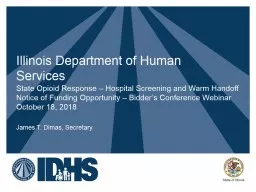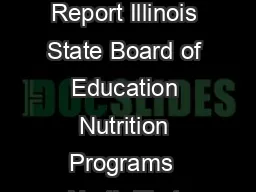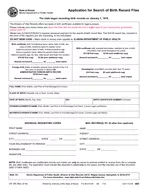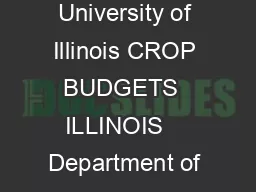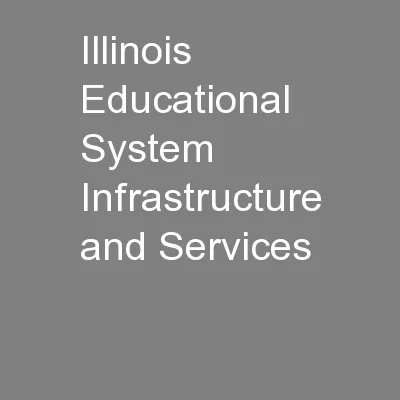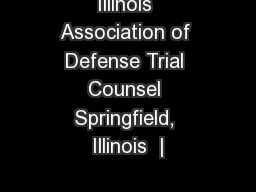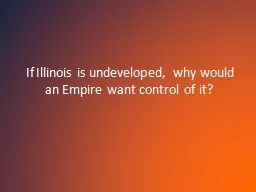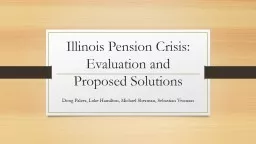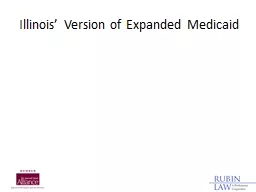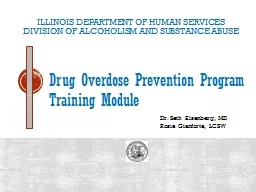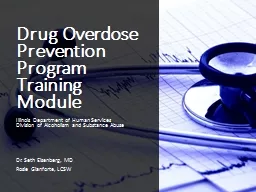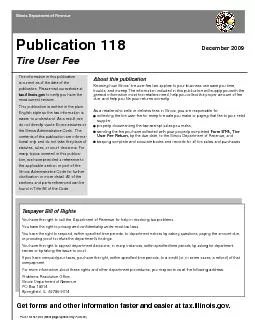PPT-Illinois Department of Human Services
Author : myesha-ticknor | Published Date : 2018-12-28
James T Dimas Secretary State Opioid Response Hospital Screening and Warm Handoff Notice of Funding Opportunity Bidders Conference Webinar October 18 2018 Agenda
Presentation Embed Code
Download Presentation
Download Presentation The PPT/PDF document "Illinois Department of Human Services" is the property of its rightful owner. Permission is granted to download and print the materials on this website for personal, non-commercial use only, and to display it on your personal computer provided you do not modify the materials and that you retain all copyright notices contained in the materials. By downloading content from our website, you accept the terms of this agreement.
Illinois Department of Human Services: Transcript
Download Rules Of Document
"Illinois Department of Human Services"The content belongs to its owner. You may download and print it for personal use, without modification, and keep all copyright notices. By downloading, you agree to these terms.
Related Documents

